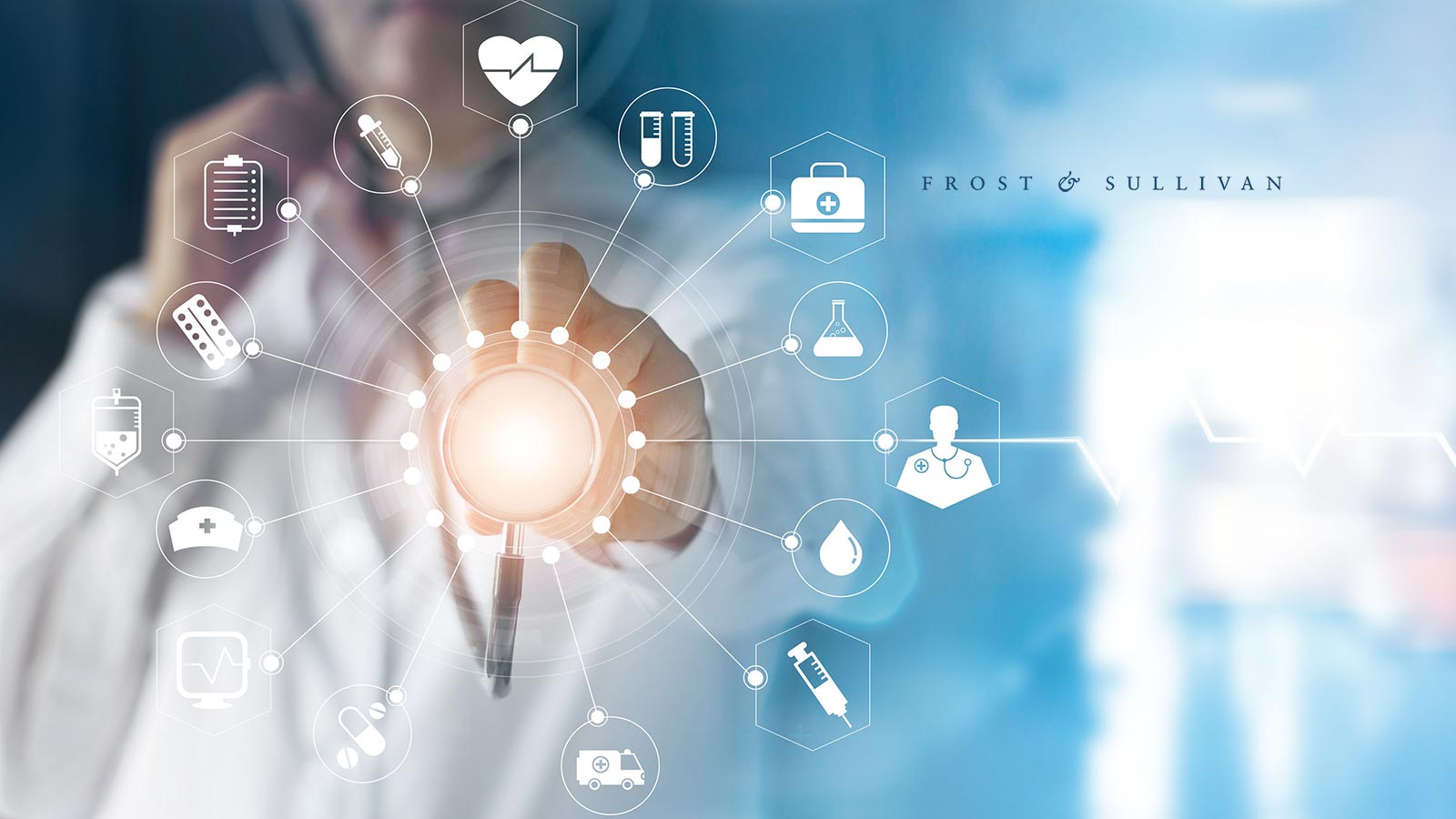
How Remote Patient Monitoring works
Lately, there has been a developing tendency in health care towards remote patient monitoring (Remote patient monitoring). This technology enables health care suppliers to recover and keep an eye on patient info remotely, utilizing products which are donned or maintained by the remote patient monitoring affected person.
Remote patient monitoring has several pros over conventional in-person attention, such as improved patient benefits, lessened medical facility readmission charges, and lower health-related expenses. Furthermore, Remote patient monitoring can provide real-time info that can be used to improve affected individual treatment.
In spite of these benefits, Remote patient monitoring will not be without its challenges. The most significant difficulties is getting patients to adhere to the units and modern technology required for Remote patient monitoring. Additionally, there are actually personal privacy and stability problems that should be addressed.
This short article will provide an overview of the pros and cons of Remote patient monitoring.
The positive and negative of remote patient monitoring
There are lots of feasible benefits associated with patient remote monitoring. These can incorporate better patient benefits, increased affected individual total satisfaction, and decreased health care fees.
Probable drawbacks of Remote patient monitoring involve security and protection worries, the opportunity of patients to sense separated and alone, and the requirement for healthcare companies to be properly qualified within its use.
Remote patient monitoring can be used to monitor a multitude of sufferers, which includes those with constant problems like heart disease, diabetic issues, and bronchial asthma. Remote patient monitoring can also be used to observe people once they leave a healthcare facility, that can help to lessen readmission charges.
When employed appropriately, Remote patient monitoring could be a highly effective device to boost patient attention. Even so, there are also some probable threats that must be regarded. These dangers might be mitigated with correct training and education and learning for both sufferers and healthcare service providers.